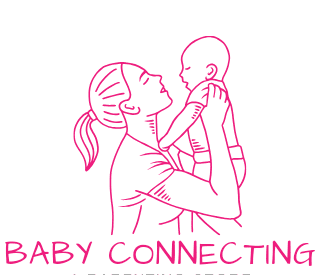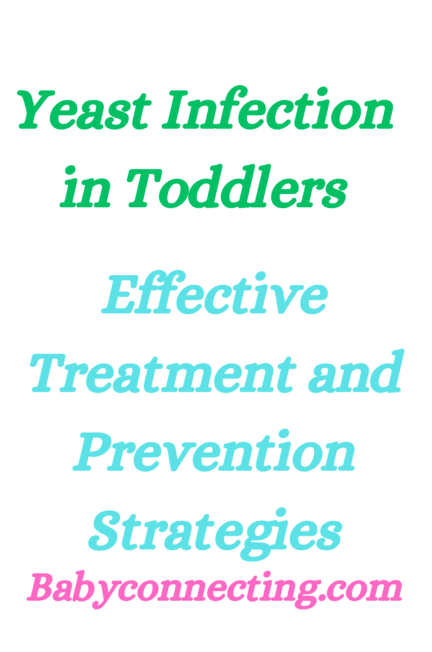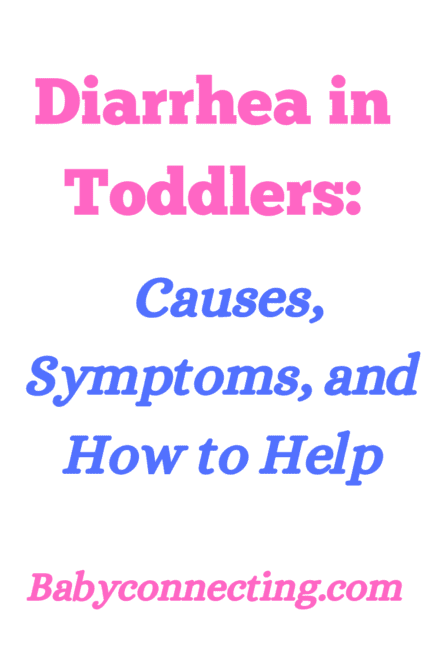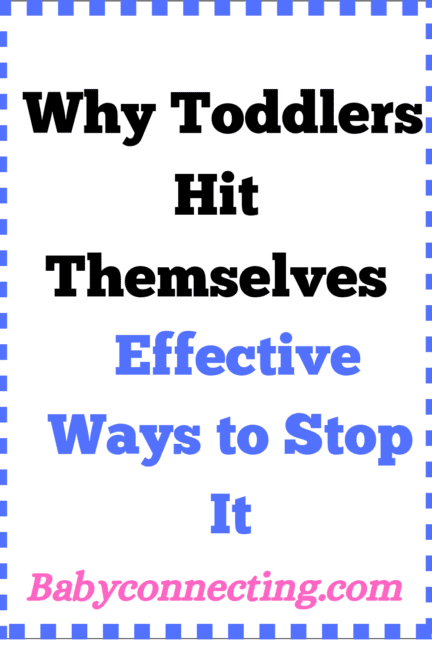“Tackling Yeast Infections in Toddlers: Effective Treatment and Prevention Strategies”
Introduction:

Yeast Infection in Toddlers: Yeast infections are a common concern in toddlers, often causing discomfort and concern for parents. Understanding how to treat and prevent yeast infections in toddlers is essential for promoting their comfort and well-being.
In this comprehensive article, we’ll explore the causes, symptoms, treatment options, and prevention tips for yeast infections in toddlers, supported by research references to offer a thorough understanding of this topic.
Understanding Yeast Infections in Toddlers:
Yeast infections, also known as candidiasis or thrush, are caused by an overgrowth of the Candida fungus, particularly Candida albicans. In toddlers, yeast infections commonly affect areas such as the mouth (oral thrush), diaper area (diaper rash), and skin folds (intertrigo). The warm, moist environments of these areas create ideal conditions for yeast to thrive, leading to infection.
Symptoms of Yeast Infections in Toddlers:
Yeast infections in toddlers can manifest in various ways, depending on the affected area. Common symptoms include:
1. Oral Thrush:
– White patches on the tongue, inner cheeks, or roof of the mouth.
– Redness or irritation in the affected areas.
– Discomfort or difficulty feeding or swallowing.
2. Diaper Rash:
– Red, inflamed skin in the diaper area.
– Raised, red bumps or lesions.
– Discomfort or fussiness during diaper changes.
3. Intertrigo:
– Red, raw, or irritated skin in skin folds, such as the neck, armpits, or groin.
– Itching, burning, or discomfort in affected areas.
Treatment of Yeast Infections in Toddlers:
The treatment of yeast infections in toddlers typically involves topical antifungal medications to target the Candida fungus. Common treatment options include:
1. Antifungal Creams or Ointments:
– Over-the-counter or prescription antifungal creams, such as clotrimazole or nystatin, are applied to the affected areas.
– Follow the healthcare provider’s instructions regarding application frequency and duration.
2. Oral Antifungal Medications:
– In severe or persistent cases of oral thrush, healthcare providers may prescribe oral antifungal medications, such as fluconazole.
3. Proper Hygiene and Skin Care:
– Keeping the affected areas clean and dry is essential for managing yeast infections.
– Change diapers frequently and allow the skin to air dry before applying diaper cream.
– Gently clean oral thrush with a clean cloth or gauze soaked in water after feedings.
Prevention of Yeast Infections in Toddlers:
Preventing yeast infections in toddlers involves maintaining good hygiene practices and minimizing risk factors that contribute to yeast overgrowth. Here are some prevention tips:
1. Practice Good Diaper Hygiene:
– Change diapers frequently to prevent prolonged exposure to moisture.
– Use breathable, absorbent diapers and avoid tight-fitting diaper covers.
2. Keep Skin Clean and Dry:
– Thoroughly clean and dry skin folds, especially after bathing or sweating.
– Use a gentle cleanser and pat the skin dry instead of rubbing.
3. Avoid Irritants:
– Choose mild, fragrance-free soaps, detergents, and lotions to reduce irritation.
– Avoid prolonged use of antibiotics, which can disrupt the balance of natural bacteria and increase the risk of yeast infections.
4. Maintain Proper Oral Hygiene:
– Clean pacifiers, bottles, and other feeding equipment regularly to prevent the spread of oral thrush.
– Practice good oral hygiene habits, such as brushing teeth and tongue, to reduce the risk of oral thrush.
Research References:
1. Williams, K., & Romano, C. (2019). Clinical Manifestations and Diagnosis of Candidemia and Invasive Candidiasis in Children. UpToDate.
2. Kauffman, C. A., & Fisher, J. F. (2015). Candida urinary tract infections—Epidemiology, pathogenesis, diagnosis, and treatment. UpToDate.
3. Pappas, P. G., Kauffman, C. A., Andes, D. R., Clancy, C. J., Marr, K. A., Ostrosky-Zeichner, L., … & Walsh, T. J. (2016). Clinical Practice Guideline for the Management of Candidiasis: 2016 Update by the Infectious Diseases Society of America. Clinical Infectious Diseases, 62(4), e1-e50.
Conclusion:
Yeast infections can cause discomfort and concern for toddlers and their parents, but with the right knowledge and approach, they can be effectively treated and prevented. By understanding the causes, symptoms, treatment options, and prevention strategies for yeast infections in toddlers, parents can take proactive steps to promote their child’s comfort and well-being. With proper hygiene practices, timely intervention, and guidance from healthcare providers, yeast infections in toddlers can be managed effectively, allowing them to thrive and enjoy a healthy, happy childhood.




